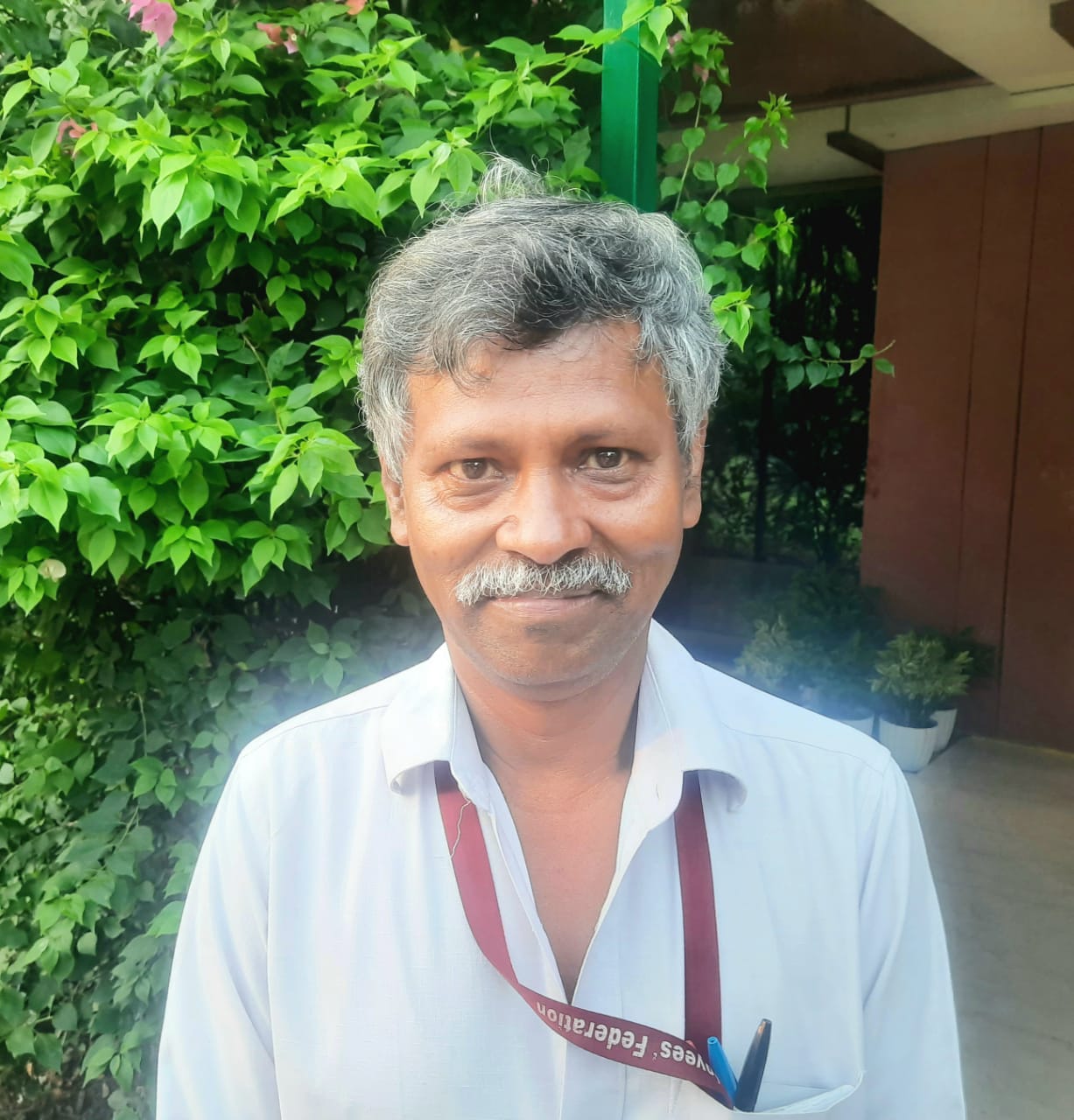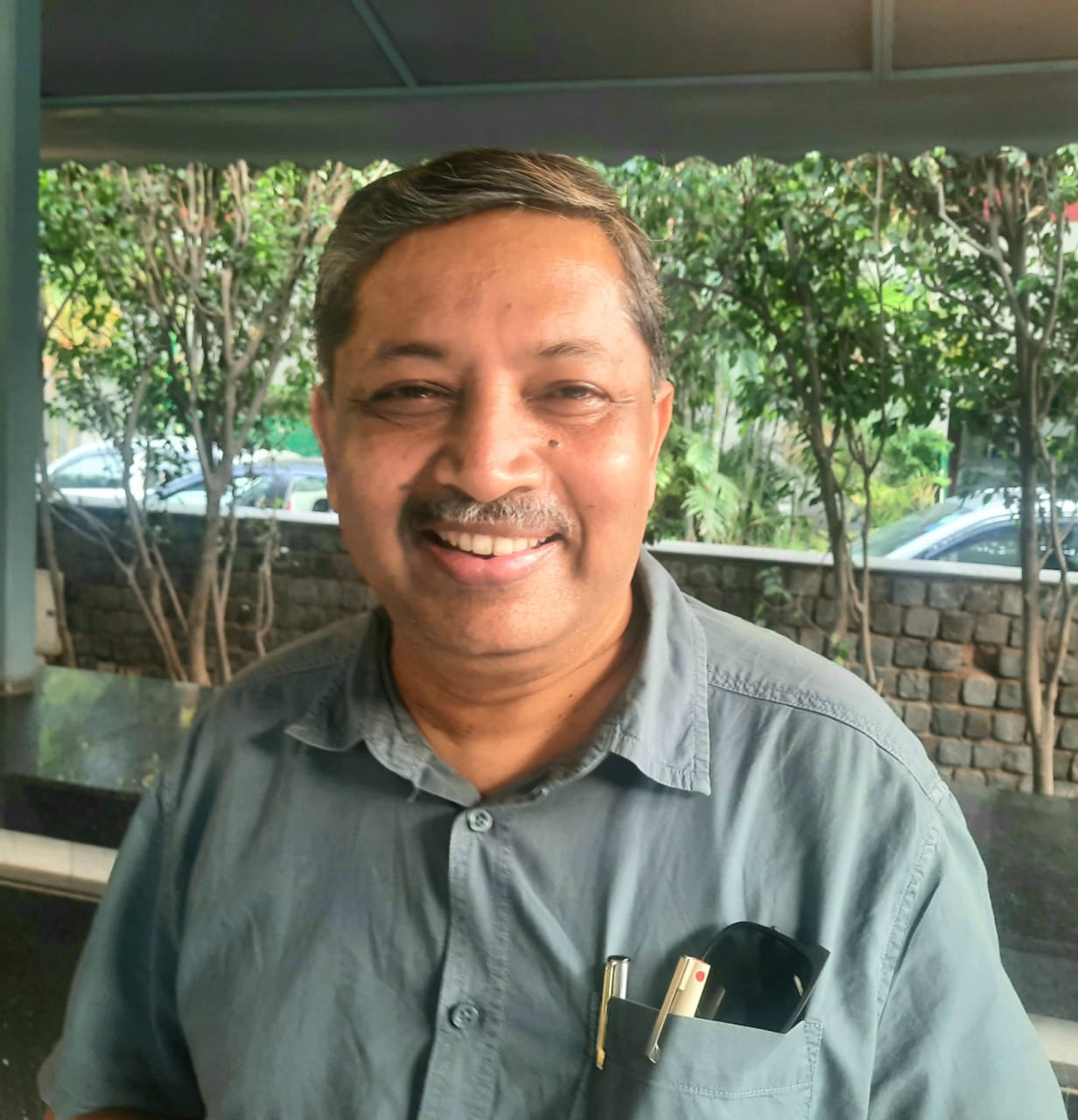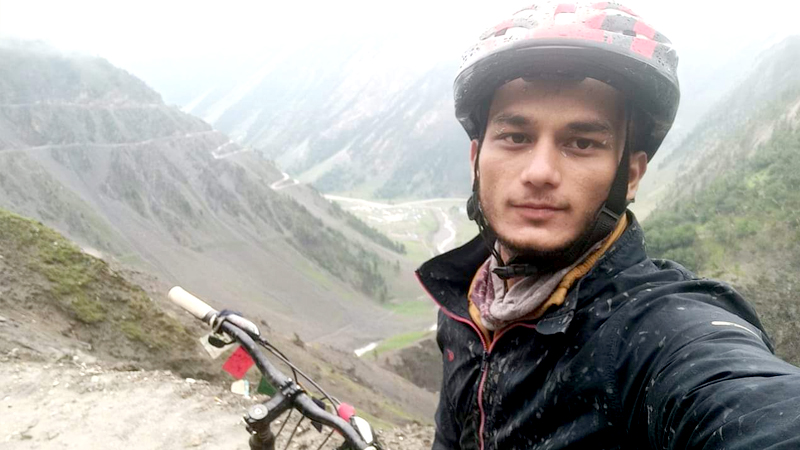Colonel (Retd.) Balbir Singh, VSM, stands as a legendary figure in both Indian hockey and the military, leaving an indelible legacy in both arenas. Born on April 5, 1945, in Sansarpur, Punjab, his exceptional athleticism emerged early, propelling him to national recognition. As a forward, he represented India in prestigious international tournaments, including the 1966 Asian Games and the 1968 Olympics.
Col. Singh’s agility, speed, and precision were unmatched on the field. His leadership qualities shone when he captained the Indian Army team, leading them to multiple national championships. His stellar contributions earned him the Arjuna Award in 1968 and the Maharaja Ranjit Singh Award in 2019.
Beyond sports, Col. Singh forged a distinguished military career, embodying discipline, courage, and unwavering dedication. After retiring from active duty, he remained an influential figure in Indian sports, mentoring and coaching young athletes, while advocating for hockey’s development.
His legacy seamlessly intertwines sporting excellence and military valor, cementing his status as a revered figure in India’s hockey history and a lasting inspiration for generations to come.
In his memoir, An Olympian’s Tryst with Soldiering, published by The Browser, Col. Singh reflects on his journey from Sansarpur to commanding the Saragarhi Battalion (4 Sikh). The book also highlights how military discipline shaped him into a world-class hockey player and leader.
In an exclusive conversation with The Interview World, Col. Balbir Singh delves into the inspiration behind his memoir, explores how military strategy can influence hockey, and recounts unforgettable moments from his playing days. He also explains why he pays tribute to hockey legend Bishen Singh Bedi in his book and sheds light on the factors that led to India’s dominance during hockey’s golden era. Here are the key takeaways from his conversation.
Q: Your book, “An Olympian’s Tryst with Soldiering,” is a fascinating blend of your experiences as both a soldier and an Olympian. What inspired you to write this memoir and what message do you hope to convey to readers through it?
A: I owe my hockey career to the Indian Army. They nurtured and shaped me into an Olympian, guiding me to bring honor to the nation. Hockey has long held a special place in the Sikh Regiment’s legacy. Lieutenant Colonel Anant Singh, a visionary leader, saw my potential early on and made it his mission to bring me into the Army. He firmly believed I could help fulfill the Army’s ambition of winning international medals in hockey.
This book is my humble tribute to the Indian Army’s vital role in building the foundation of Indian hockey and shaping many world-class players. The deep connection between the Army and hockey created a powerful synergy that benefitted both. The Army drew legendary soldiers from regions known for producing exceptional hockey talent.
With this book, I hope to inspire the next generation of world-class hockey players in India and see the institutional support for sports grow even stronger.
Q: Being a descendant of the martyrs of the famous Battle of Saragarhi, how do you relate hockey with military strategy?
A: In my book, I wrote: “There is no match for the bravery of the 22 soldiers from the 36th Sikh Regiment on 12 September 1897. Yet, there may not be another place on earth that can claim more Olympians.” The first Army Hockey Tournament took place during the Delhi Durbar in 1910–1911. In the final match, the 36th Sikh Regiment faced off against the 33rd Punjab Regiment, with the 36th Sikh Regiment finishing as runners-up.
The valour of the 36th Sikh Regiment is forever etched in history, immortalized in the Battle of Saragarhi. Facing overwhelming odds, these soldiers stood firm against Afridi militants, sacrificing their lives but dealing heavy blows to their attackers.
The 36th Sikh Regiment was more than a military unit—it was a close-knit brotherhood, built on camaraderie. This unity was the foundation of their strategy, allowing them to fight with cohesion, purpose, and resilience, even when adversity threatened to overpower them.
Q: Winning the Olympic Bronze Medal and the Asian Gold Medal are remarkable accomplishments. What were some of the most memorable moments from these tournaments, and how did they shape your perspective on sports and competition?
A: The intense atmosphere of the 1966 Bangkok Asian Games match against Pakistan had all the elements of a legendary final. Out of the eleven players on the Indian team, nine were Sikhs. We drew immense inspiration from the late Prithipal Singh, whose remarkable achievement of scoring 11 goals in the 1964 Tokyo Olympics fueled our determination. That fire helped us triumph over Pakistan.
The pride and emotion of becoming the first Asian Gold Medalists in Hockey from the Sikh Regiment were overwhelming. For me, the ingredients of success were clear: discipline, respect for seniority and authority, relentless hard work, sacrifice, constant practice, unwavering focus on the ultimate goal, mental and physical conditioning, and, above all, an unshakable love for the country.
Winning the Bronze Medal at the 1968 Olympics brought more reflection than celebration. Decisions by the Indian Hockey Federation, such as appointing two captains, weakened team morale. Since then, Indian hockey has struggled to reclaim its former glory, when we won three consecutive Olympic Gold medals.

Q: The Arjuna Award is a prestigious accolade. What did receiving this award mean to you personally and professionally? How did it reflect your journey and contributions to both hockey and the Indian Army?
A: Receiving the Arjuna Award was a deeply gratifying moment for me. It marked the first time a hockey coach from the Army ranks had been recognized in this way. The memory of standing in military uniform as I received the honor remains vivid. It was not only an overwhelming personal experience, but also a historic first for the Sikh regiment.
The award symbolized more than just individual achievement. It stood as a tribute to the Indian Army’s nurturing role in the growth of hockey in India. By bestowing this honor, the government acknowledged the Army’s enduring bond with sports and its pivotal support in fostering talent.
Q: You’ve written about several all-time hockey champions in your book. Can you share some insights or anecdotes about Col Gurmit Singh, Bulbul Carapiet, or any other hockey legends mentioned, that had a significant impact on the sport?
A: Indian hockey has produced legendary figures whose stories must be preserved for future generations, both to honor their legacy and to inspire a renewed passion for the sport. Among them is Col. Gurmit Singh Kular, the first Sikh to win an Olympic gold medal. He made history by scoring seven goals during the 1932 Los Angeles Olympic Games.
Bulbul Carapiet, one of the most skillful Anglo-Indian hockey players, also stands out. Of Armenian descent, born in Persia, and educated in Darjeeling, he later worked in Calcutta. Though he spoke Hindi and Bengali fluently, his colorful swearing was reserved for rustic Punjabi!
Then there’s Udham Singh of Sansarpur, a four-time Olympic medalist, having played in the 1952, 1956, 1960, and 1964 Games. For me, he ranks just below the iconic Dhyan Chand in terms of greatness.
Q: The book also includes a tribute to cricket legend Bishen Singh Bedi. What inspired this tribute, and what was your personal connection or admiration for him?
A: My tribute to the legendary spinner Bishen Singh Bedi carries a personal connection through my son, Sarfaraz. At his urging, I found myself in the company of Bedi and other cricket icons during a Ranji Trophy match. My son, filled with excitement, kept expressing his desire to meet Sunil Gavaskar. Meanwhile, we were already in the presence of cricket’s finest trio—Bedi, EAS Prasanna, and Chandu Borde.
Bedi’s humility and sense of humor left a lasting impression on me. With a twinkle in his eye, he playfully told my son that the three of them were just as great as Gavaskar. Years later, when we crossed paths with Bedi again, he fondly remembered my son’s persistent wish to meet Gavaskar. Bedi was not only a remarkable cricketer but also a man who embodied humor and grace.

Q: Looking back at the ‘golden era’ of Indian hockey, what do you believe were the key factors that contributed to the success of the Indian teams during that period?
A: India’s golden era in hockey was built on a foundation of discipline, relentless hard work, and selfless sacrifice. Players were driven by an unwavering love for their country, forging an unbreakable bond through both mental and physical conditioning. Respect for seniority was instinctive and authority was naturally embraced. Together, these qualities cultivated a powerful team spirit. This collective passion ignited their determination to win and bring glory to India on the international stage.







